Phenotype(s): A Controversial Identity?
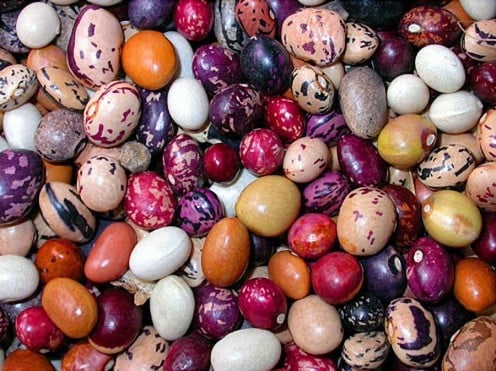
keywords
Genotype. Allele. Genetics. Dominant. Recessive. Laws of Inheritance. Natural Selection. Evolution. Variation.

INTRODUCTION
"Life Begets Life"....Biology
Ten thousand years ago, or so, humans decided to change his lifestyle from nomadic hunter-gatherer to sedentary domesticated agriculture, humans believed that sustenance is not a problem, but it did not cease man's curiosity of the variety of living things around him. The observed physical attributes of these living things tend to guide him in his struggle for existence
Present day, we call this physical attributes or appearances as Phenotype(s). Being a complex character, the Phenotype of an organism is its quintessential distillation of its Genotype, Environment and the Interaction between Genotypes X Environment components. The Genotype is known as the genetic constitution of the organism, its hidden in the genome, these are genes that control the expression of a particular trait. Phenotypic expression is, therefore, influenced by these genes in various degrees within groups and between groups of organisms. The Environment, like nutrition, temperature, geography, etc is the non-genetic component of the equation defines the place of the Phenotype in the Environment, importantly, however, it may even exert profound effects on the survival of the organism.The third component of the equation is the Genotype X Environment Interaction(GXE) that may again exert major effects on phenotypic expressions hence phenotypic plasticity of the trait. On the other hand, it is known that certain environment favors a particular genotype, it seems that these genotypes are more fit to survive in this environment while others are eliminated.The phenotype, therefore, is a complex trait, controversial and it is quite not what it may seem in moist cases. In other words, the Phenotype is:
P= G + E + GXE
P=Phenotype, G=Genotype, E=Environment, GXE= Interaction
In the discussion, in most cases, the human phenotypes are used as an example for emphasis. At the onset, the author does not assume to answers all the questions that originate from the expression of the Phenotype nor provide technical data in the discussion but, rather present the article in a lay man's term as a discourse.
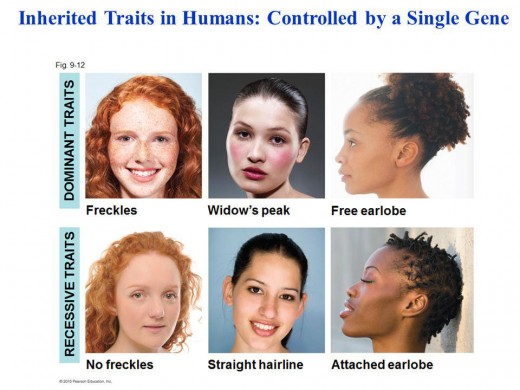


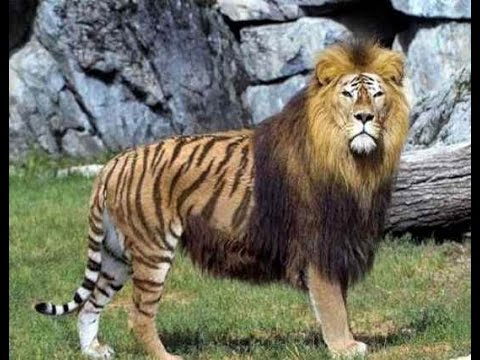
The DELIMA: The Paradox of Phenotypes
Discussing this topic requires certain knowledge on Genetics, Population Genetics, Evolutionary Genetic, and Speciation. From the above discussion, we have defined what is a phenotype and the components that determine phenotypic expression. Nevertheless, we are still amazed that despite this knowledge, there are still many questions to be answered and answers to be questioned. For instance, monozygotic twins(identical twins), triplets, and quadruplets having a similar genetic background are still phenotypically dissimilar as to their fingerprints. It appears that every human is a unique creation?
A phenotypic expression may be governed by a single gene or a number of genes interacting in various degrees. A single gene effect can be easily observed inherited either as dominant or recessive (see above example) trait. Some phenotypes exhibit codominant effects of genes (eg. M-N blood groups in man). Other combinations present unique results, as in the case of multiple alleles in man. The human blood groups are classified into four types i.e. Type A, B, AB, and O are variants of the same gene. Though may seem simple but the wrong transfusion is fatal.
Looking at the Phenotype alone to deduce its genotype may be superfluous, in crop improvement the resultant progenies may exhibit a range of Phenotypes of traits that were not even observed among parentals as in the case of Polyploids (eg. Triploids, Tetraploids, Hexaploids, etc.) that carries extra genome. In animal improvement, cross-breeding with other species is possible, for example, Liger, a cross between a male lion and a female tiger produced a novel phenotype. Many could be easily deceived by mere physical appearance, therefore, the Phenotype is not a simple entity nor to, be taken lightly. Wilhelm Johanssen, a Danish biologist coined the term Phenotype and Genotype in 1909.
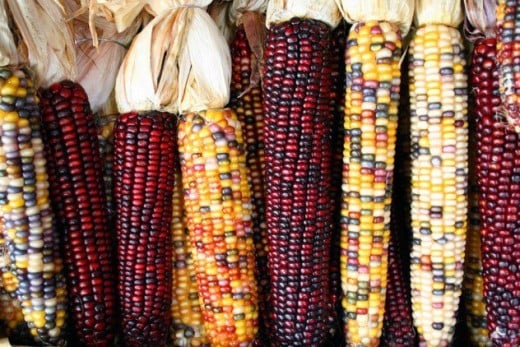
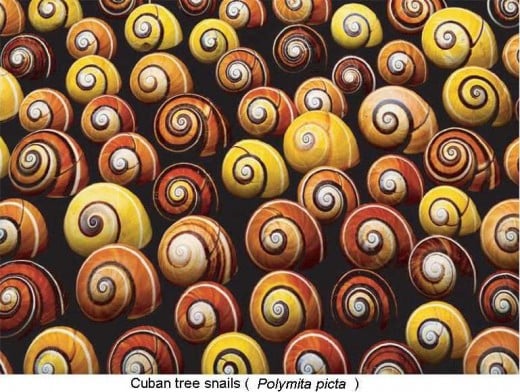


The Biological Basis of Phenotype(s)-the 18th-Century Modality
Prior to the 18th-century, knowledge concerning the biology of Phenotypes is nonexistent. The belief in the Divine Creator permeates throughout the land. In other words, religious and superstitious beliefs dominated much of the human thinking with regards to the natural world. However, in the mid-18th century an important event occurred:
- The publication of the Epochal book of the century, the Origin of Species by Charles Darwin in 1859, changed and revolutionized the biological nature of the phenotypic variations that exists in the known world that time, a controversy that permeated until today.
- Darwin (1809-1822) believed that life evolved from non-living entity during primordial Earth. From simple molecule to complex one's, ergo life diverged into groups of organism that Natural Selection has acted upon.
- Natural Selection was the foundation of Darwin's book where the Theory of Evolution was subsumed. Moreover, a number of observations or reactions was generated among which: Darwin failed to provide an explanation of the cause of variation among Phenotypes.
- Darwin tried to adopt The Pangenesis Theory of Aristotle but later abandoned it as the basis for his theory of Evolution and one time allied with Lamarck on the theory of acquired characters but later rejected and later published his book in a hurry after reading Wallace manuscript on Evolution.
- In other words, the Phenotypic variation as the basis for classifying organisms was not fully understood.

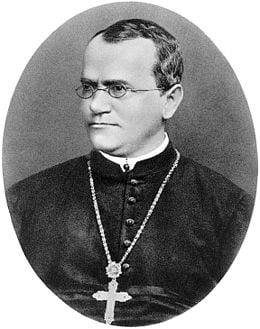
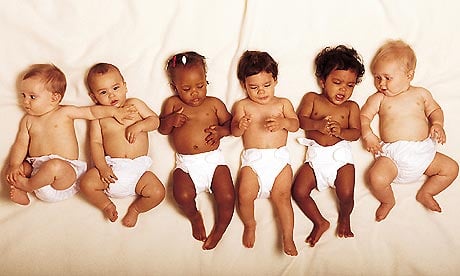
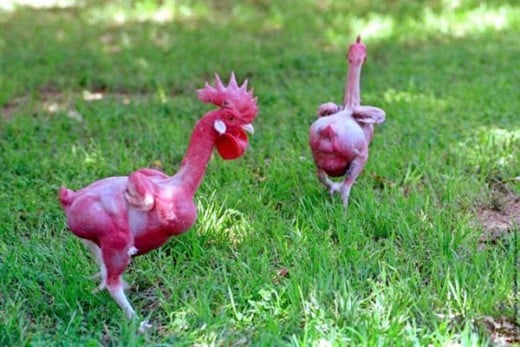
The Birth of the Science of Genetics
The controversy on the genetic identity of a phenotype could have been resolved earlier if the Science of Genetics was already established. Six years later after the publication of Darwin's book on the Origin of Species, another significant event occurred:
- Gregor Mendel (1822-1884), an Austrian monk presented his well-planned experimental results on Plant Hybridization involving Garden peas in a scientific gathering at Burno, Moravia in 1865.
- Prominent advocates of the Theory of Evolution were in attendance i.e. Darwin, Wallace, Lamarck, et.al. but, Mendel's presentation received lackluster acceptance. These Philosopher cum-Scientists were seriously pre-occupied with the idea of Evolution. They failed to grasp the significance of Mendel's results that phenotypic expressions or variations among phenotypes augur well with the idea of Natural Selection.
- Mendel asserts that variations among traits observed are governed by particulate factors (presently called Genes). Genes exist in pairs (alleles)These particulate factors are transmitted from parent to offspring unchanged in a well-defined proportion depending whether Dominant or Recessive gene action. For Monohybrid cross-3:1 Ratio, while Dihybrid cross-9:3:3:1 Ratio when Phenotype offsprings segregated in the F2 generation.
- Mendel was providing insights into the Theory of Natural Selection as the cornerstone of Evolution with its well-planned experiment. Needless to say, Mendel's work remained dormant for another 35 years.
Mendel from Garden to the Genome
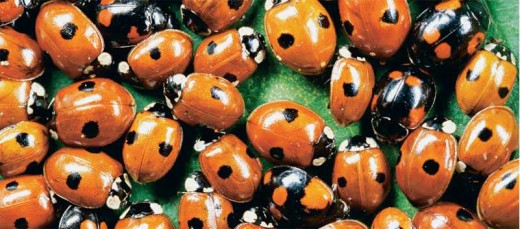

The Re-discovery of Mendel's Work-the 20th Century
- At the turn of 19th-Century, Hugo de Vries(Dutch), Erich von Tschermak (Austrian), and Carl Correns(German) announced independently in 1900 that they have obtained similar results with Mendel. The re-discovery of Mendel's work proved and confirmed Mendel's Laws of Inheritance were true.
- Mendel's Laws of Inheritance i.e. The Law of Dominance, The Law of Segregation, and The Law of Independent Assortment was firmly established and substantiated. Of course, there were exceptions to Mendelian Genetics, but, it provided a deeper understanding of the controversy that surrounds the Phenotypes.
- In 1906, William Bateson coined the term Genetics and thus the science of Genetics was firmly established.Today, we define Genetics as the study of heredity and variations among living organisms,
- Gregor Mendel was later named the Father of Genetics
CONCLUSION
Lastly, the following thoughts can be drawn from the foregoing discussion that the Phenotype is only a physical manifestation of what is hidden, the Genotype nurtured by the Environment. Experts also believe that the Phenotype is also Morphology, Physiology, Behavior among others.So. it is on this note that we can say that the phenotype is indeed an identity of many faces'
Looking at the role Phenotype in the Population, an individual Phenotype may die same wth it's genetic constitution especially if the individual failed to produce offspring, but a population of Phenotypes that are interbreeding is the one that persists through time and space.as they share a common gene pool from generation to generation.
Referencees
Biology 22. Lecture Notes. http//homepage.smc.edu. Retrieved: May 1, 2010.
Central Dogma of Molecular Biology' http://en. wikipedia.org. Retrieved: July 9, 2010
EEB 5348-Population Genetics. http//darwin.eeb.uconn.edu. Retrieved: May 4, 2010.
Genetics. www.bio.miami.edu.com. Retrieved: May 1, 2010.e
Genetics and Non-Human Species. www. bio.miami.edu. Retrieved: May i, 2010.
Genetics302 Handouts. http://biology.clc.uc.edu. Retrieved: May 1, 2010.
Carpena, A. L., et. al. !993. Genetics at the Population level. SEAMEO, University of the Philippines, Los Banos, Laguna. 244 pp. ISBN-971-560-001=8.
Lecture Notes. Short Course in EvolutionaryQuantitativeGenetics.http://nitro.biosci.arizona.edu. Retrieved: May 5, 2010
Lewontin, R. C. 1974. The Genetic Basis of Evolutionary Change. Columbia UniversityPress, New york.346pp. ISBN: 0-231-08318-1.
What is Genetics? http://www.biosnewsonline.com. Retrieved: July 9, 2010.
Wikipedia, the free encyclopedia
- Charles Darwin
- Genotype
- Gregor Mendel
- Phenotype
Acknowledgement
The author wishes to acknowledge and thanks to the author(s) of scientific articles, books, and owner(s) of images/photos used in the making of this article free of charge and lastly, to Hubpages. com for the opportunity to publish this article.







